Fire Is One Of The Keys To Survival
This article isn’t about discussing fire making as a hobby (such as bushcrafting or primitive living skills), but rather about what the best options for starting a fire are, when in a survival situation.
Basics of Fire
A fire needs 3 components, fuel (combustible material), oxygen (a fire needs to breath), and heat or a spark (ignition) to start the fire.
The Importance of Fire in a Survival Situation
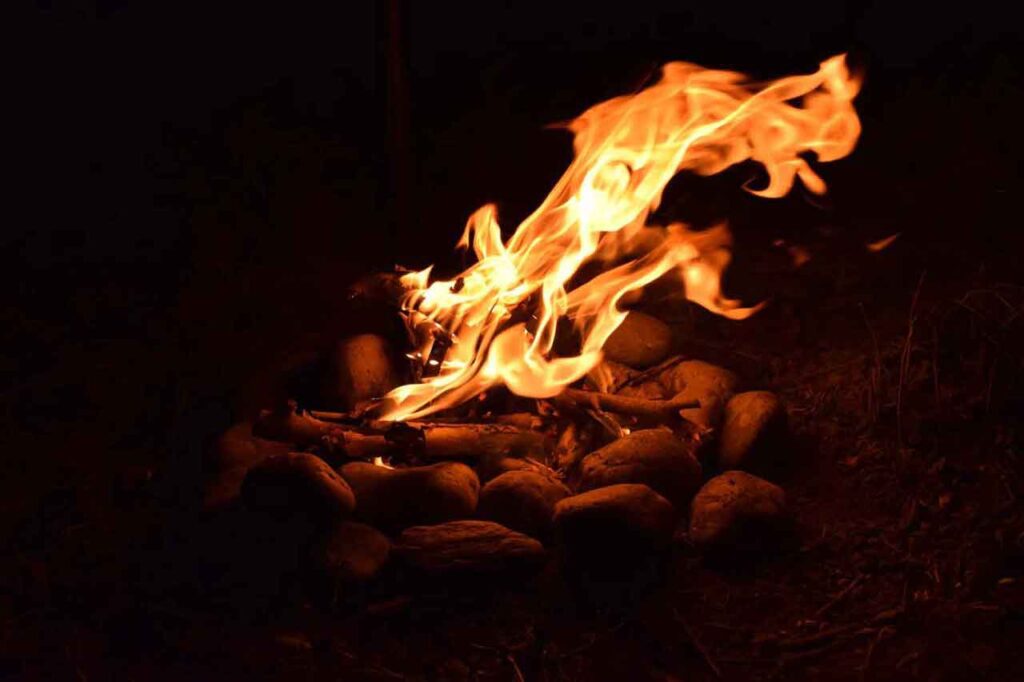
Fire creation is one of the most important skills a person can know in a survival situation, many people struggle to start a fire even with the proper tools. Have you seen a person struggle to start a campfire with a lighter or matches? Have you seen them resort to pouring a flammable liquid such as lighter fluid or gasoline over the wood?
Now imagine, If you can’t start a campfire with a lighter or matches, how hard is it going to be to start a fire with a spark or an ember.
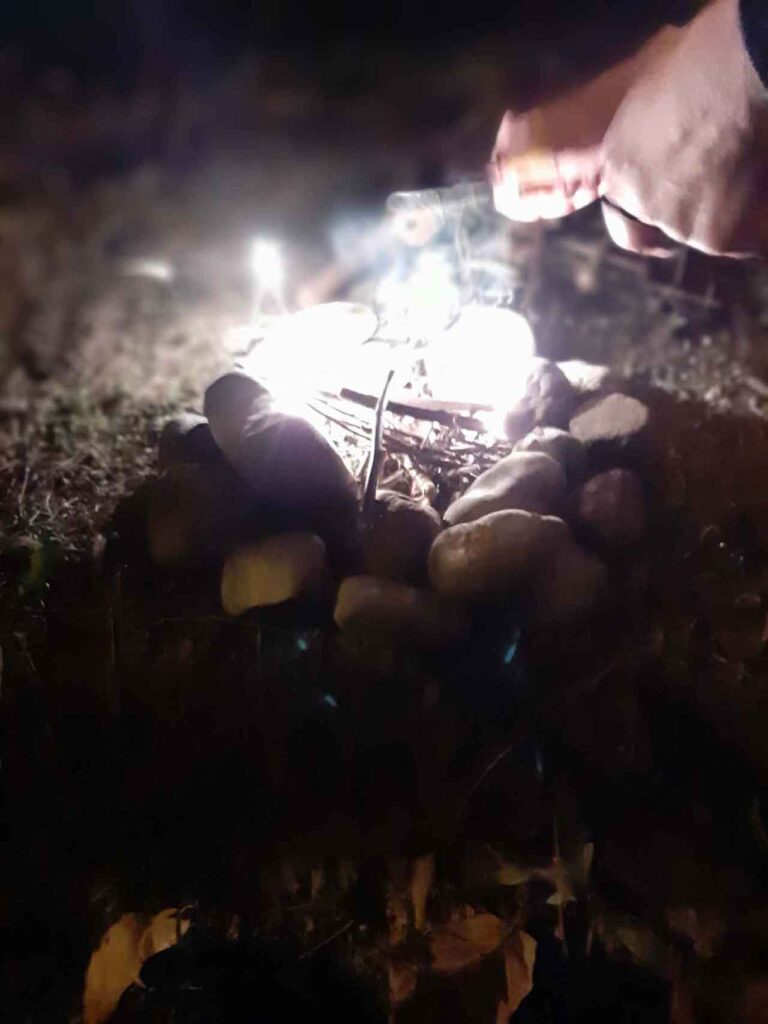
Basic Survival Skill Of Fire Making
Fire creation is one of the most basic survival skills, fire gives a person the ability to cook food, purify water, create light, generate warmth, ward off predators and even signal for help. The ability to create fire was a pivotal point in human development and our ability to survive and thrive in the wilds.
In a survival situation, you want to be able to start a fire as fast and efficiently as possible, which is why you should pack at least 3 different fire-making devices in your bug-out bag. I would recommend you have all 7 of the ones listed below. They take up a relatively tiny amount of space and there is no harm in having multiple ways of starting a fire (I do love my BBQs).
Best Survival Fire Tinder
Bringing a little bit of your own tinder to start a fire in an emergency is just common sense. Yes, there is a large bounty of natural tinder out there. But there may be occasions when time is short, you physically are unable to source natural tinder. At those times, you will be thankful that you had the forethought to pack some easy to ignite tinder with you. These are my top picks:
Petroleum jelly (Vaseline) soaked cotton balls.
Char cloth.
Dryer Lint
Candles.
Natural Cordage such as hemp/sisal/ etc
These handy additions to your fire kit, will make starting a quick fire much easier.
Natural Survival Tinder
Natural tinder can be found if one knows how to source such items. Novice survivalists often use small twigs when attempting to start a fire for the first time. Which is fine, but not the best natural tinder out there. Here are a couple of much better alternatives to twigs.
Fatwood (resin impregnated pinewood)
Bark shavings
Cattail heads
Crushed Leaves/grass/moss/fungi
Best Fire Starters for a Survival Kit
1. Lighter:
Pack a few of these, I have three in my bag. My brand of choice is Bic lighters, but you can choose any lighter you want. Just make sure you check them once in a while to make sure they are still working.
Pro: Cheap, reliable, quick to start a fire.
Con: finite uses before the gas runs out.
2. Ferrocerium Rod and Striker:
Have at least one of these, they take a little bit of skill to use, practice using a Ferrocerium rod to start BBQs and campfires a few times and you will get the hang of it.
Pro: reasonably cheap, can start thousands of fires.
Con: Takes a bit of getting used to, only provides the spark to light the fire, tinder preparation is essential, erodes over time if wet. Coat your Ferro rod with nail polish.
3. Magnesium Block:
Great little thingamabob for starting a fire, scrape off about half an inch of magnesium and use the build-in ferrocerium rod to ignite the magnesium. A common mistake people make is they scrap off too little magnesium and it flash burns out too quickly to ignite the tinder.
Pro: reasonably priced, works well.
Cons: in windy weather, it is hard to scrape and collect the shavings, the built-in Ferro rod provided in all the magnesium blocks I used were tiny and wore out much too fast.
4. Matches:
Matches are a great way to start a fire, and have been used for years. But you need to buy either waterproof matches or waterproof them yourself by dipping the matches in wax.
Pro: dirt cheap, easy to start a fire with them, lightweight.
Cons: one-time use per match, when wet they are useless (unless waterproof).
5. Steel Strikers:
With practice and the right tinder a steel striker will be able to light 1000s of fire, but it takes skill and patience.
Pro: any high carbon piece of tool steel should work well, can be made at home, practically free, old scrap metal, files, rusty garden tools can be repurposed into a steel striker.
Con: takes patience and skill to start a fire, is the heaviest of the options listed here.
6. Magnifying Glass:
Works great on sunny days, easy to start a fire if you know how, indefinite lifespan.
Pro: buy once lasts forever, as long as you do not break it of course, it is glass after all. Has multiple uses, can be used for map reading, to see small splinters thereby making removal easier.
Con: fragile, takes practice to get a fire started, needs a sunlight.
7. Fresnel Lens:
Starting a fire with a fresnel lens isn’t as easy as starting one with a magnifying glass, so make sure you try it out before you rely on this technique of fire starting. Makes a great backup device.
Pro: cheap, does work if you practice with it, super lightweight, can be carried in the wallet, and anywhere you can slip a credit card-sized piece of plastic.
Con: the lens needs a protective guard or it will smooth out and not work, sunlight is needed, it takes practice to get a fire started.
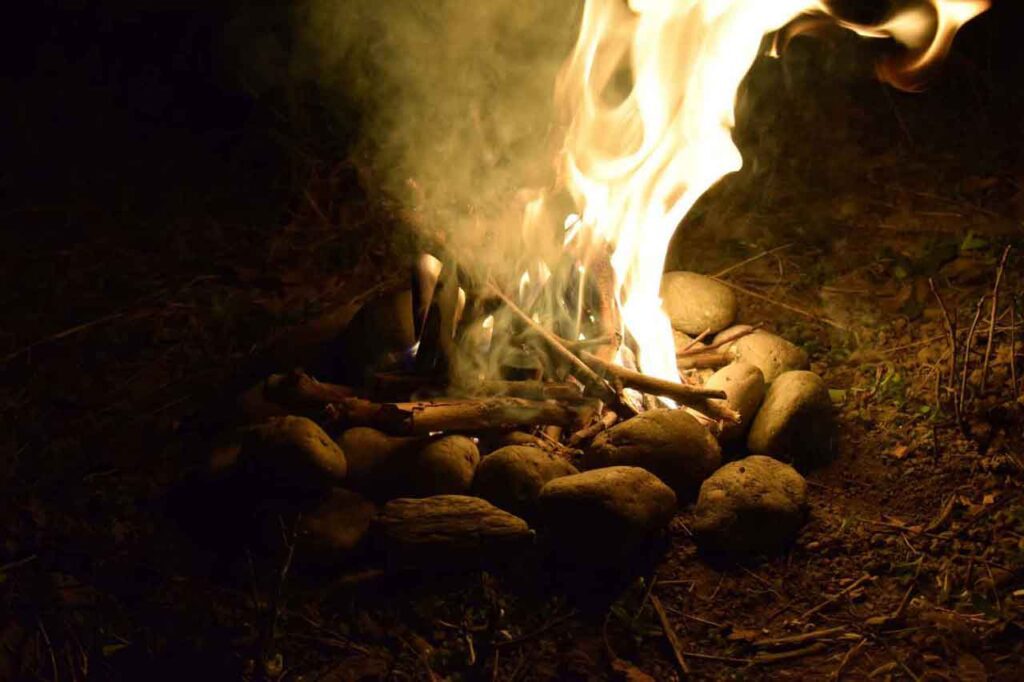
primitive fire starting techniques for survival
Starting a fire is one of the essential skills you should know, being able to start one without having any of the devices listed above is a great skill to have. But it isn’t one you should rely on in a survival situation, you should be prepared. and use your skill to make a fire without any fire-making devices as a last resort. By all means, practice primitive fire making skills like starting a fire using the:
1. Bow drill method. (my favorite primitive fire starting method, but you need the right wood and a lot of patience).
2. Hand drill method. (tough on the hands).
3. Fire plow method. (tried it in Asia, a local showed me how, a lot of very hard work, using bamboo and seemed to take forever).
4. Pump fire drill method (I have never managed to get one of these working dang it).
5. Fire piston (I never tried it.. So no comment).
I have seen dozens of 5 to 10-minute videos on Youtube where people rub 2 sticks together and they burst into flames (exaggeration of course). Seriously… it’s not as easy as it looks, well at least not for me, it is a lot of work, and takes what feels like forever. It’s a good skill to have, it builds confidence and when you get the fire going, you will feel a great sense of accomplishment, right after the great sense of exhaustion. By all means, learn a couple of the methods listed above, but even if you know them all, carry at least 3 or 4 of the fire-making devices listed in your bugout bag.
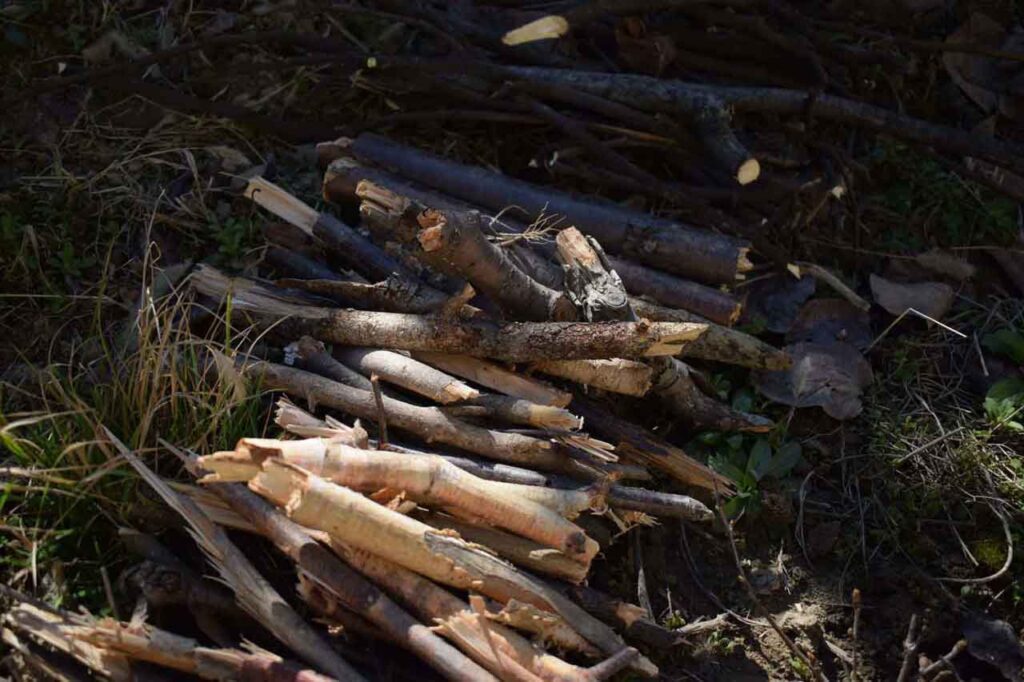
Tips on Starting a Fire
1. Collect your tinder and firewood, arrange and sort it by size from smallest to largest.
2. After you have collected what you estimate would be enough combustible material, double or triple it. The vast majority of people underestimate the amount of material they burn.
3. Clear the space where you are planning to start your fire.
4. Prepare a means of putting the fire out before starting a fire. (Water, sand, dirt, etc).
5. Small controlled fires are best, there is rarely a reason to start a large fire.
6. NEVER leave a fire unattended. The aim is to survive, not to create a forest fire.
7. After you put out the fire. Clean up all traces of the fire (as best you can leave no traces of your presence).
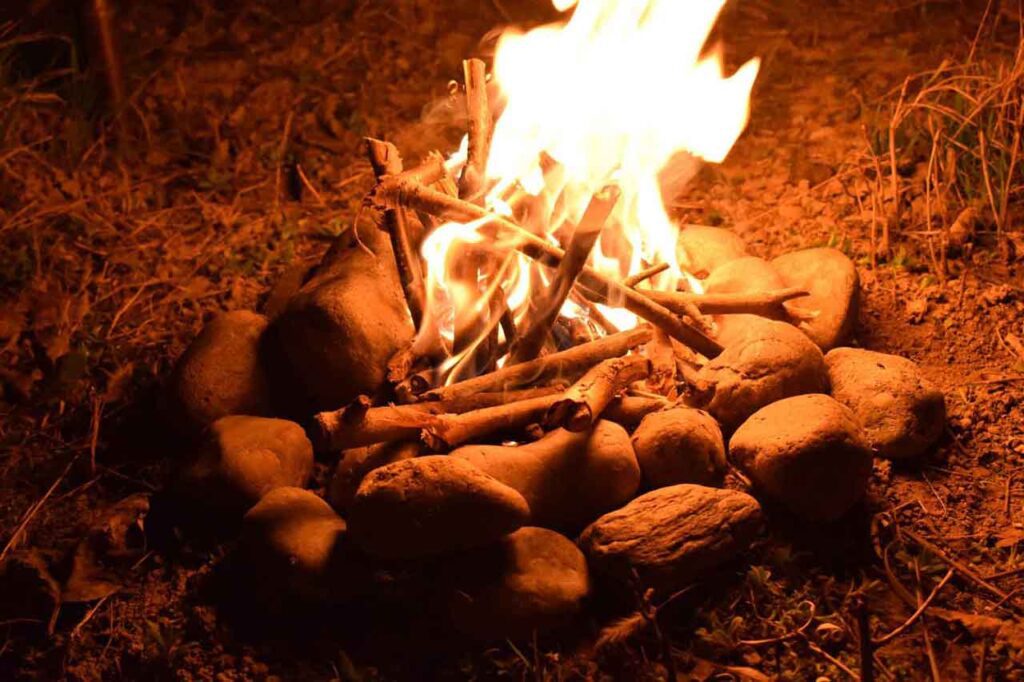
Attention:
Fires should be treated with the utmost respect, in this article, I encouraged practicing your fire-making skills. This should only be done in locations where it is legal and under safe conditions.
When I was just learning survival skills. I practiced in my backyard. Fire making was one of many skills I practiced, in the comfort of my own garden.
My fire kit contains 3 bic lighters scattered throughout my bug-out bag, 1 ferrocerium rod, 1 magnifying glass, and waterproof matches. I have a little plastic zip-lock bag with Vaseline soaked cotton as tinder, and a roll of jute cord that can be used as tinder.
I also have one lighter and a Ferro rod in my EDC. Overkill? Definitely, but I am good with that.
If anyone has a gadget or method of starting a fire that I haven’t explored, leave a comment below, feedback is great.
Option 1: Light a small fire, stay warm and relaxed.
Or,
Option 2: Light a big fire, stay warm fetching wood.
Survival Proverbs by the Screaming Skull. 🙂
Lazy me always chooses Option 1: 😀, Cheers for the wise words Skully